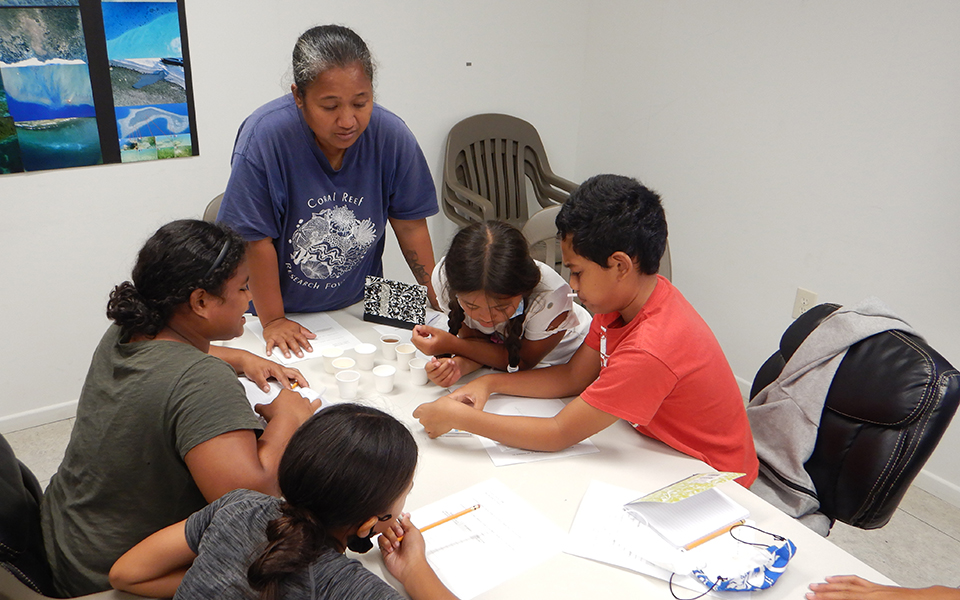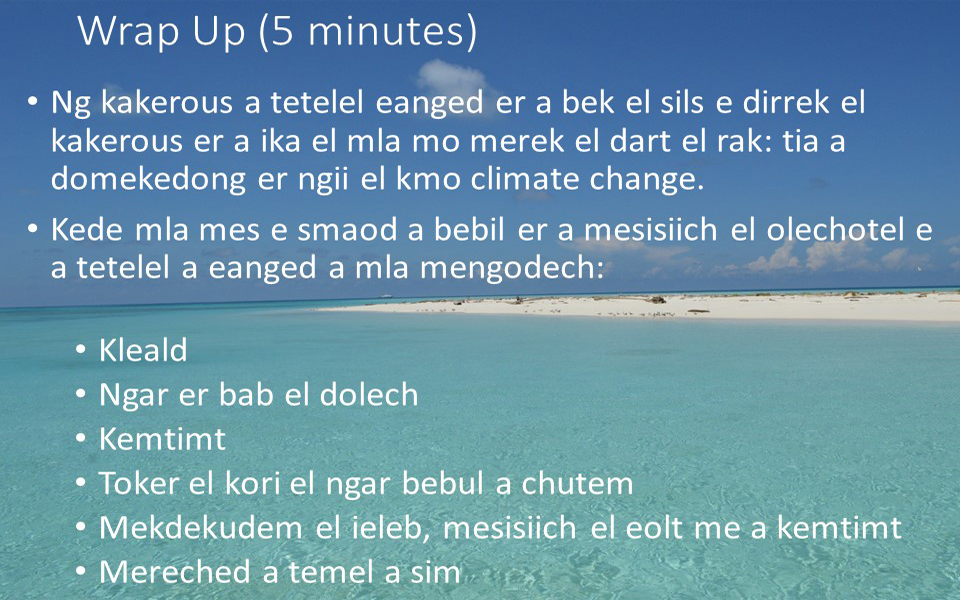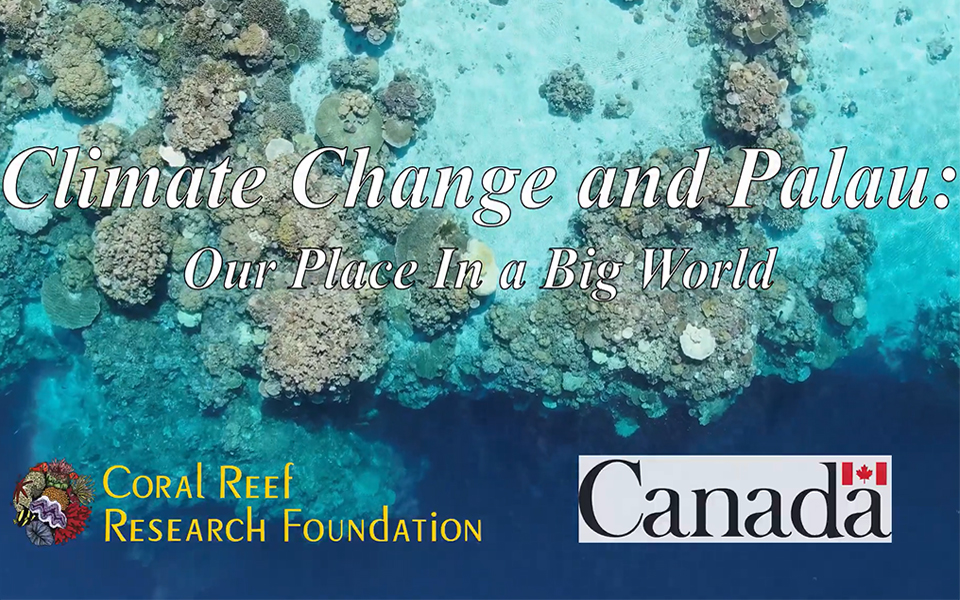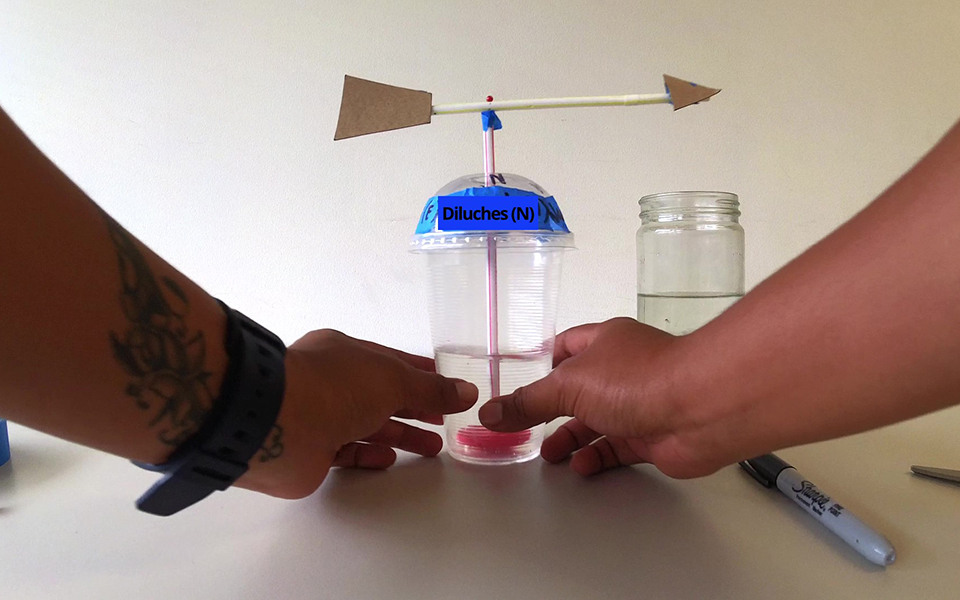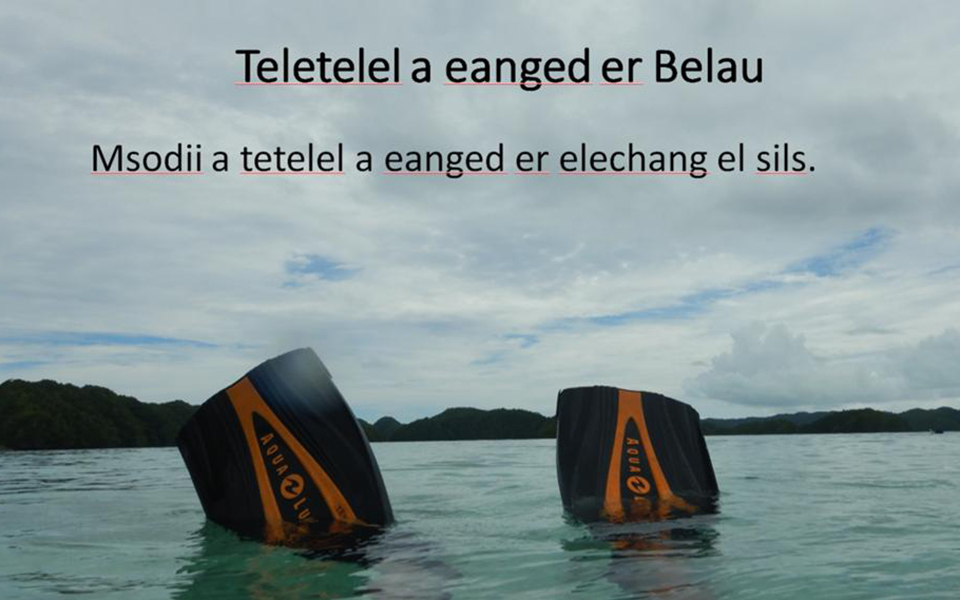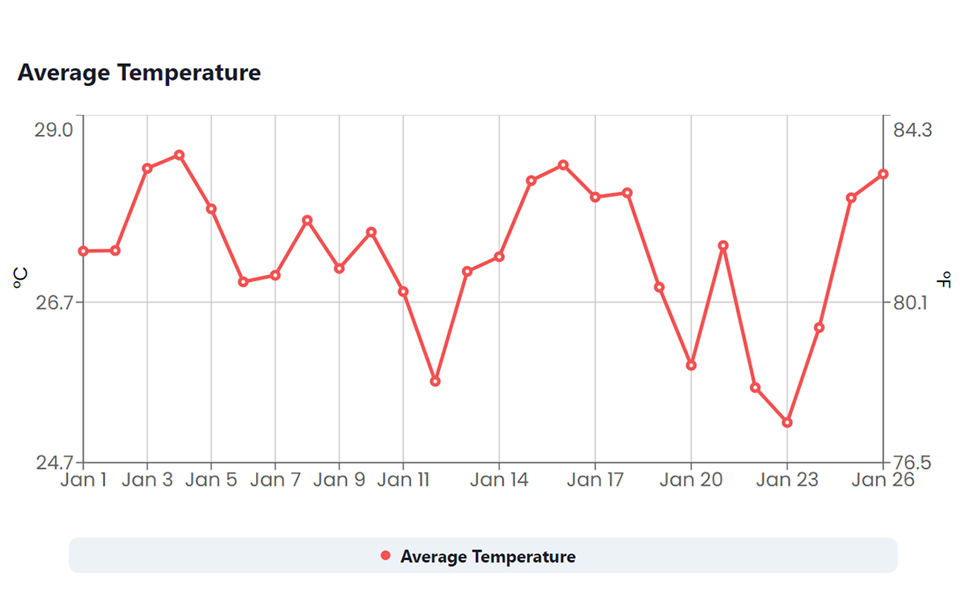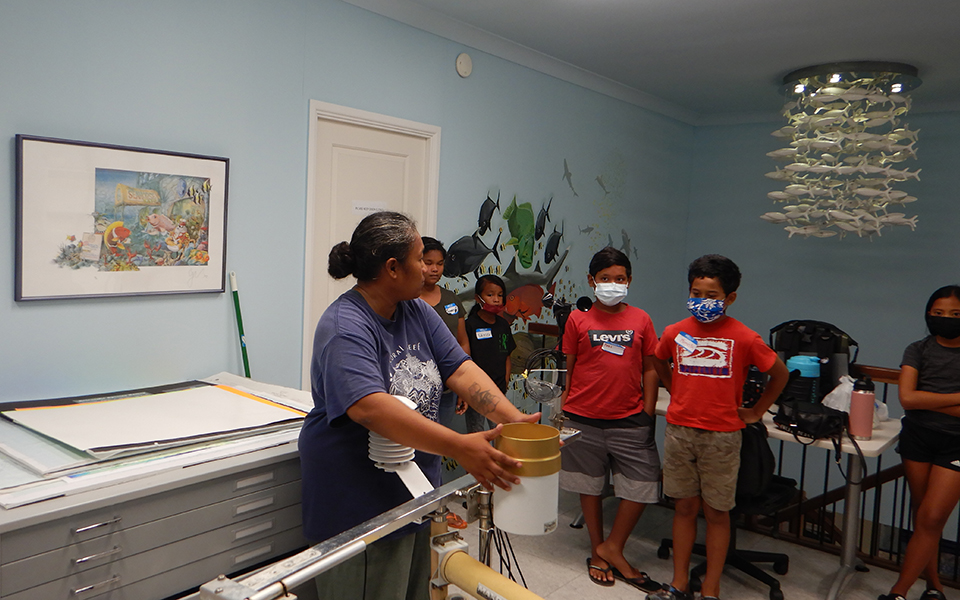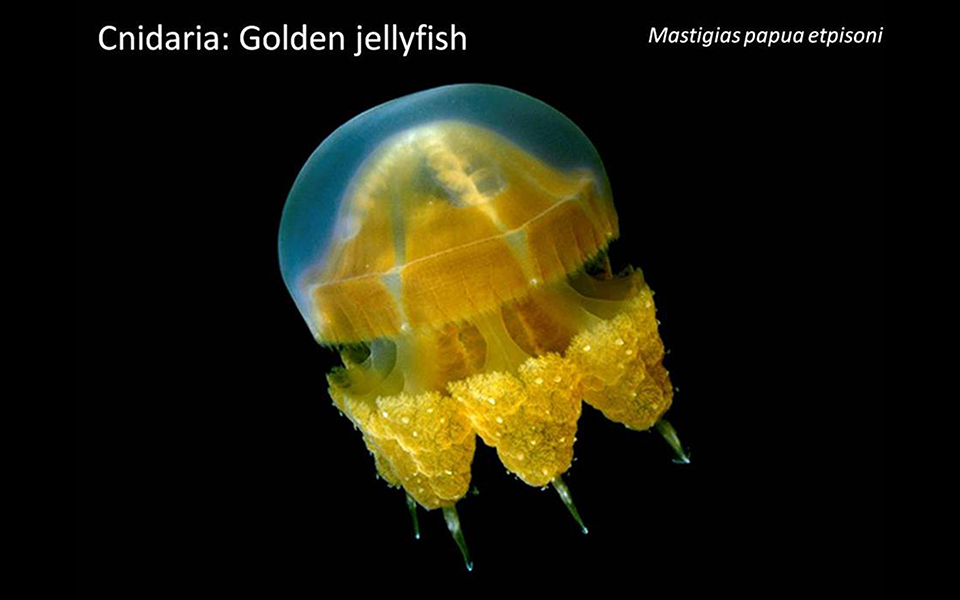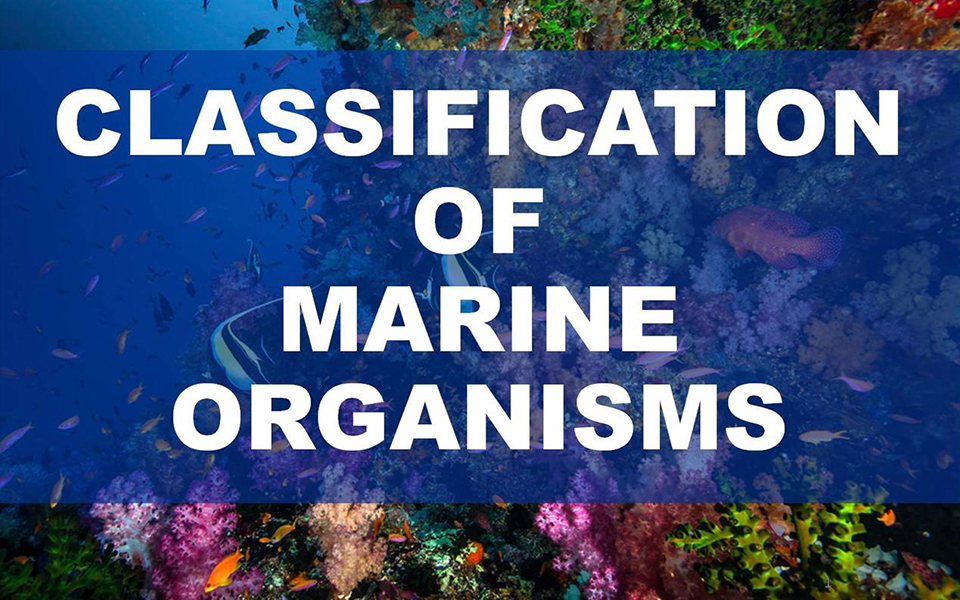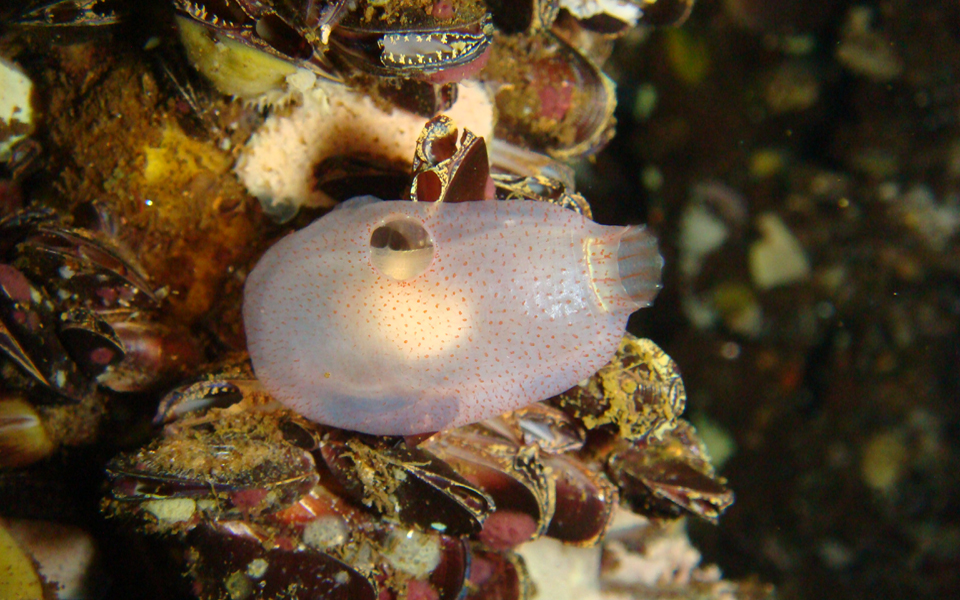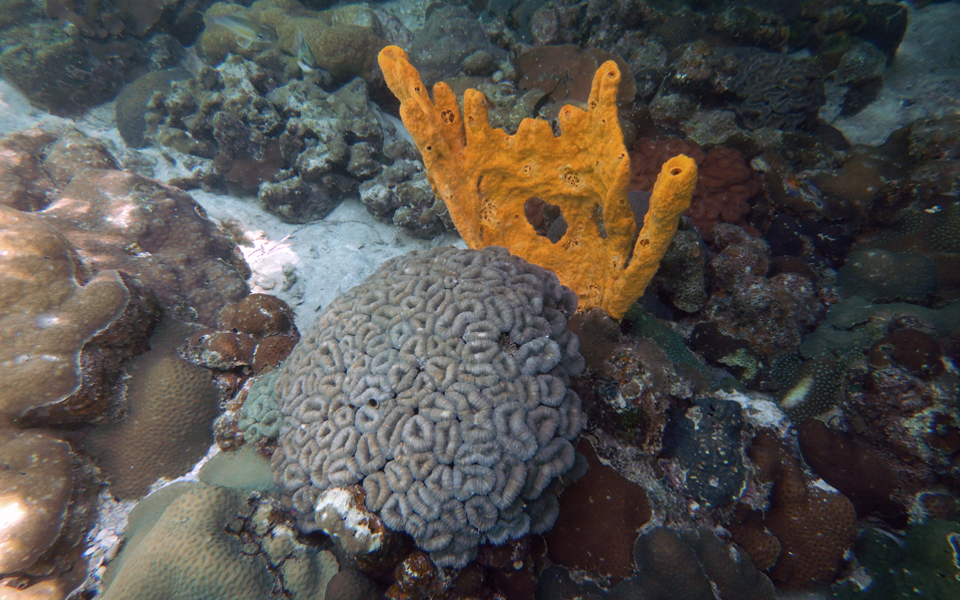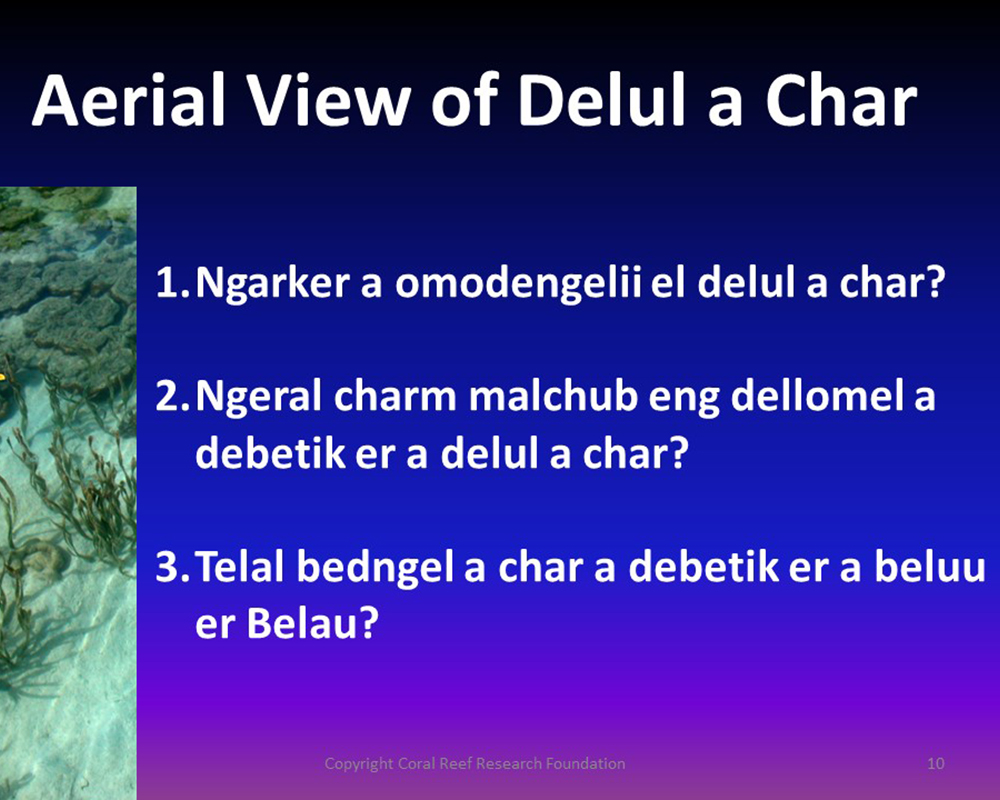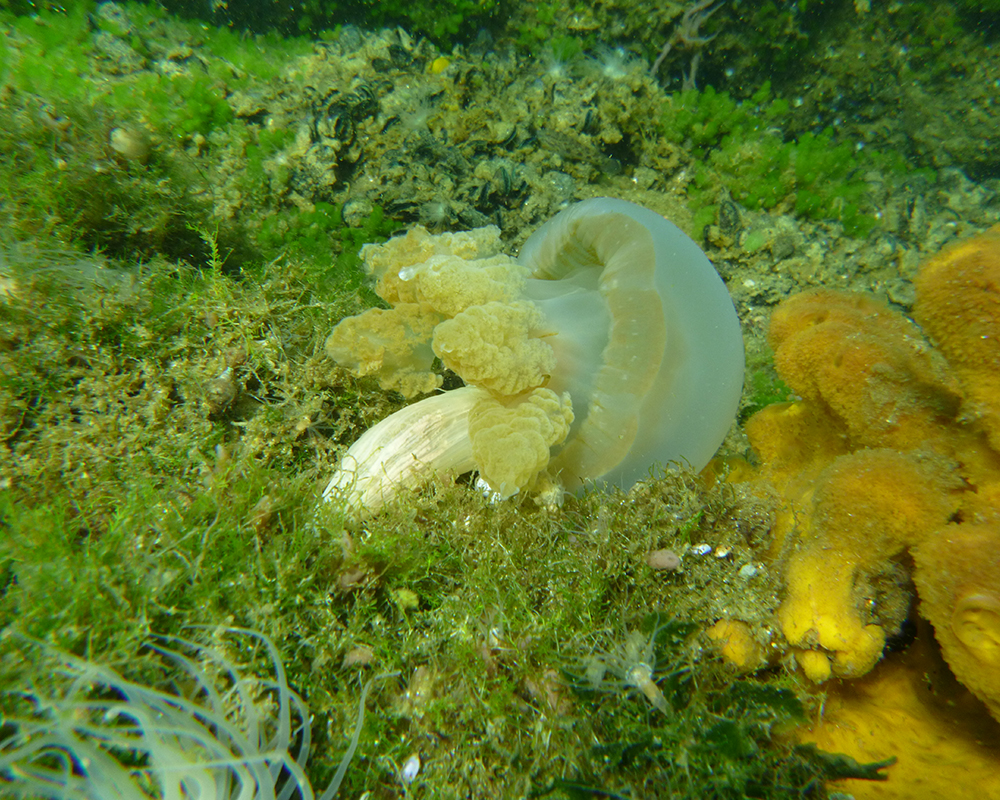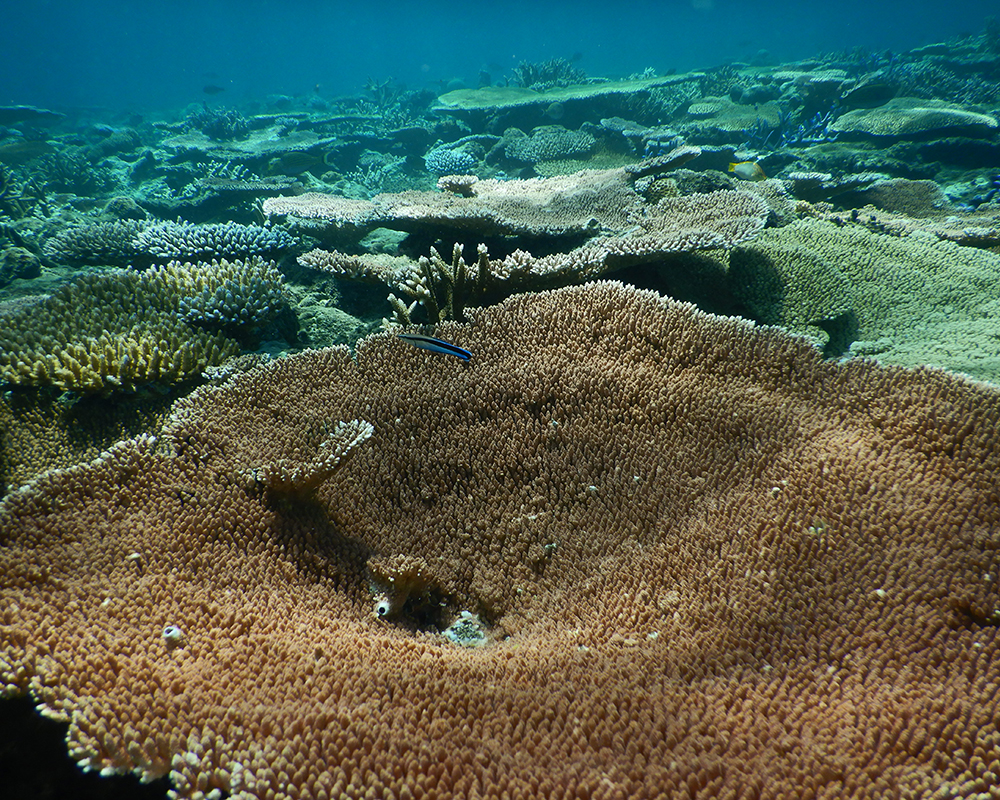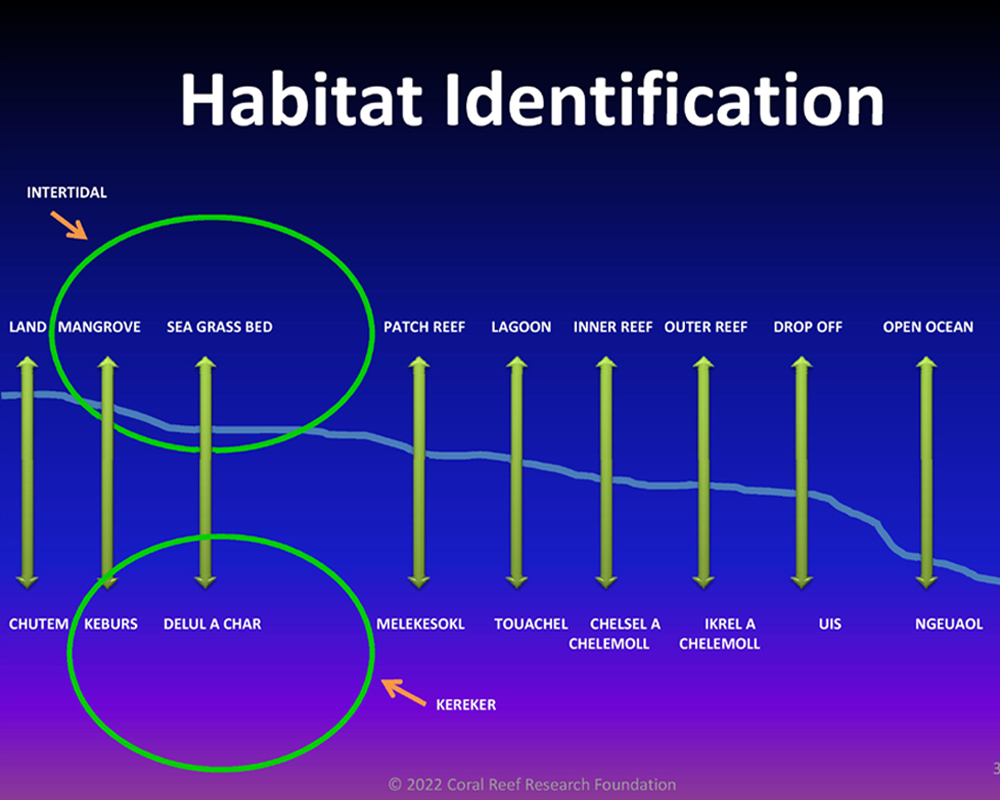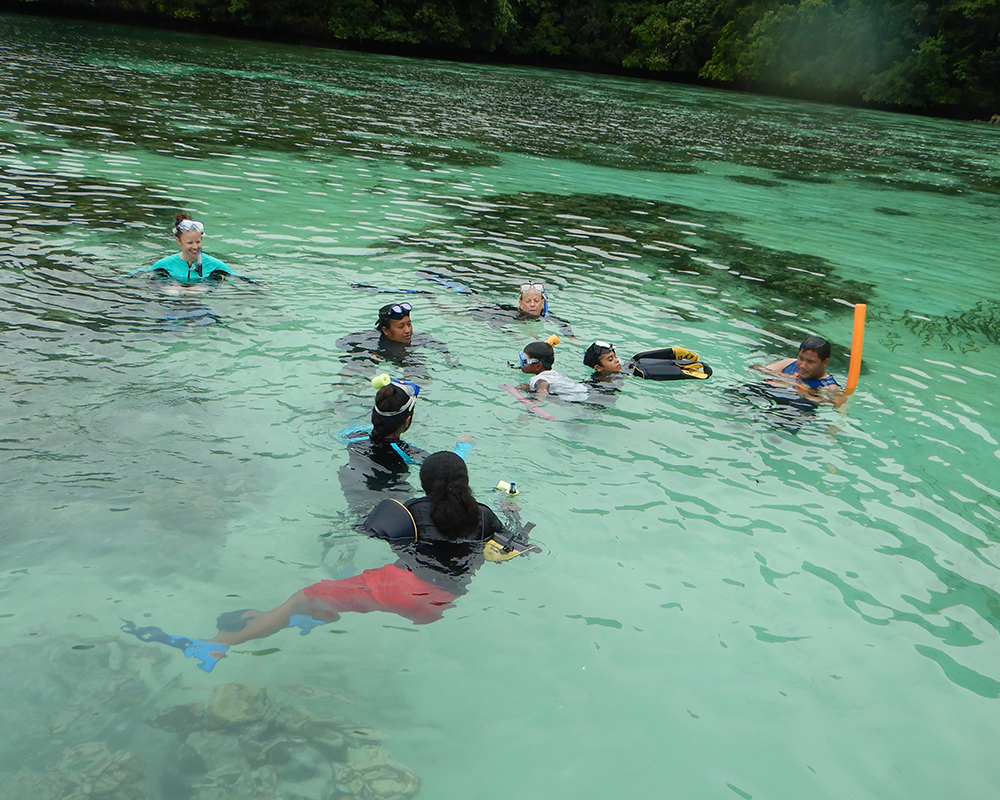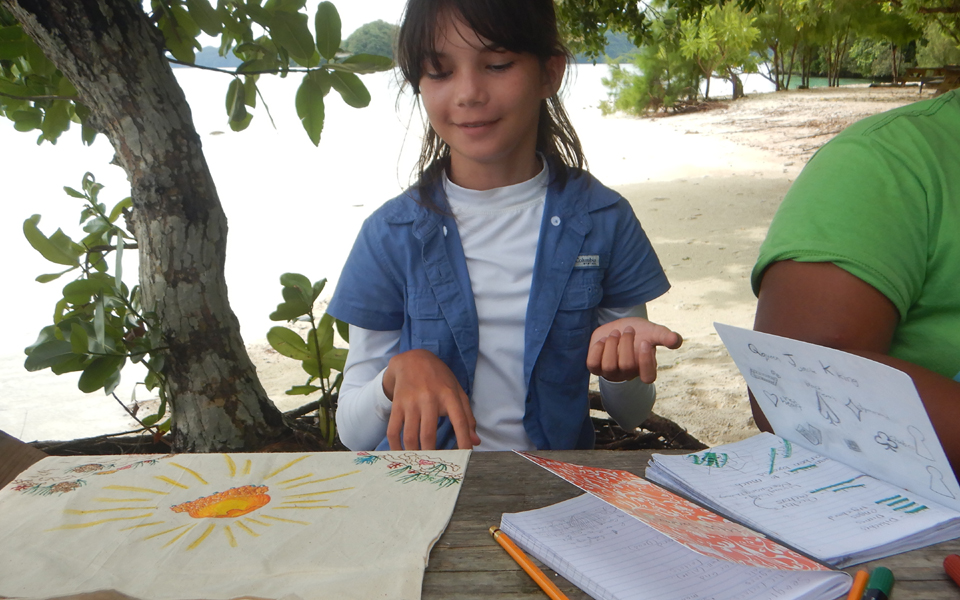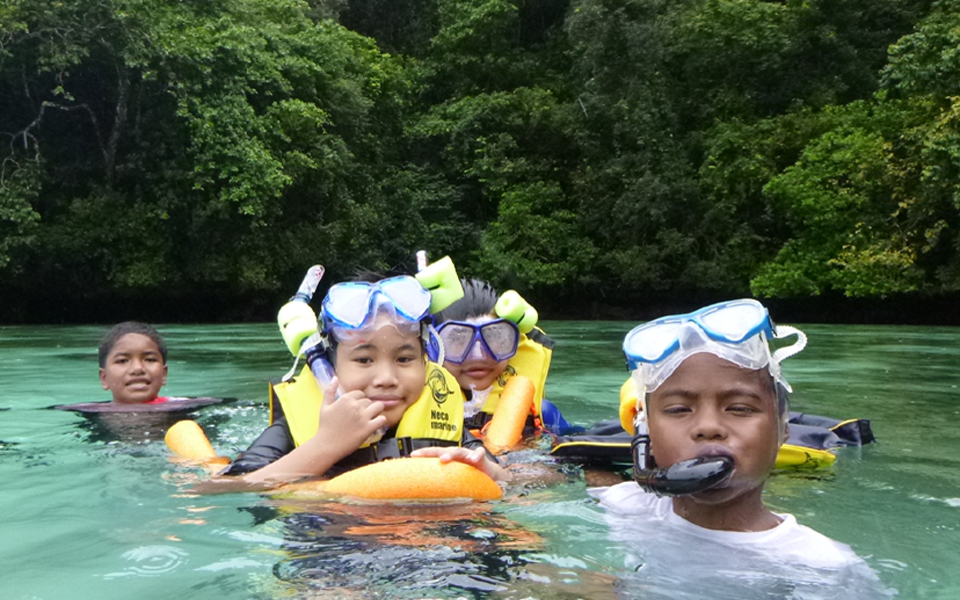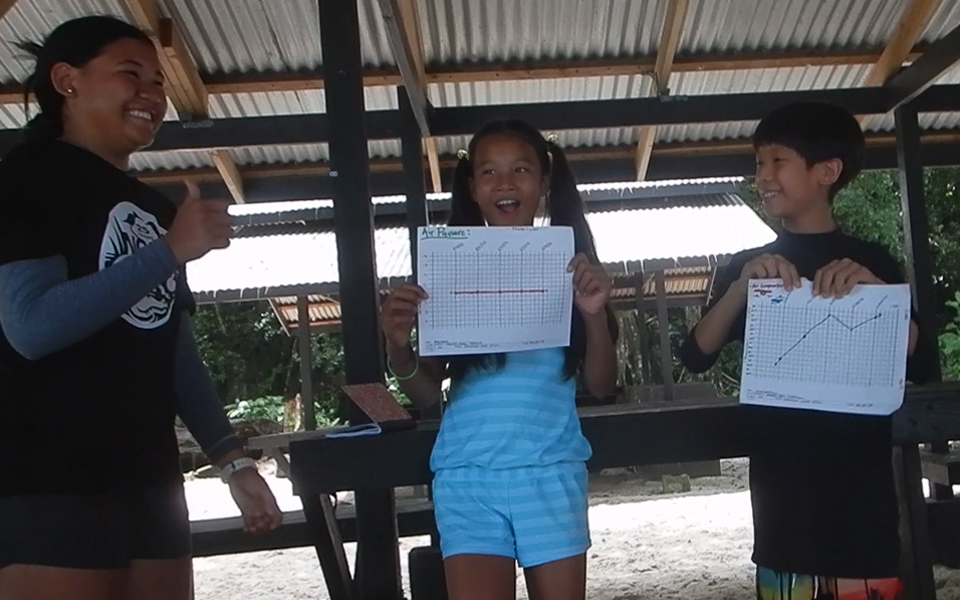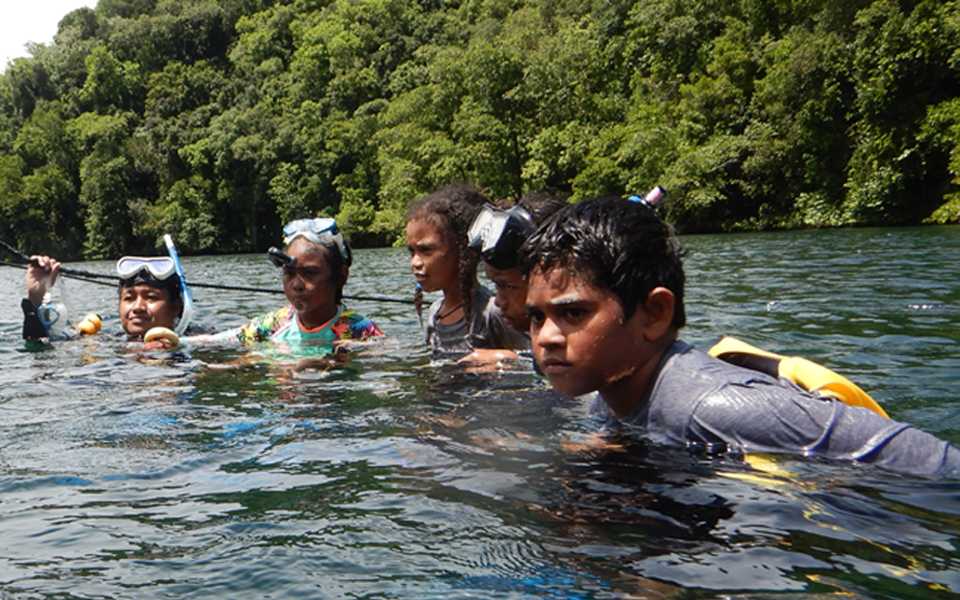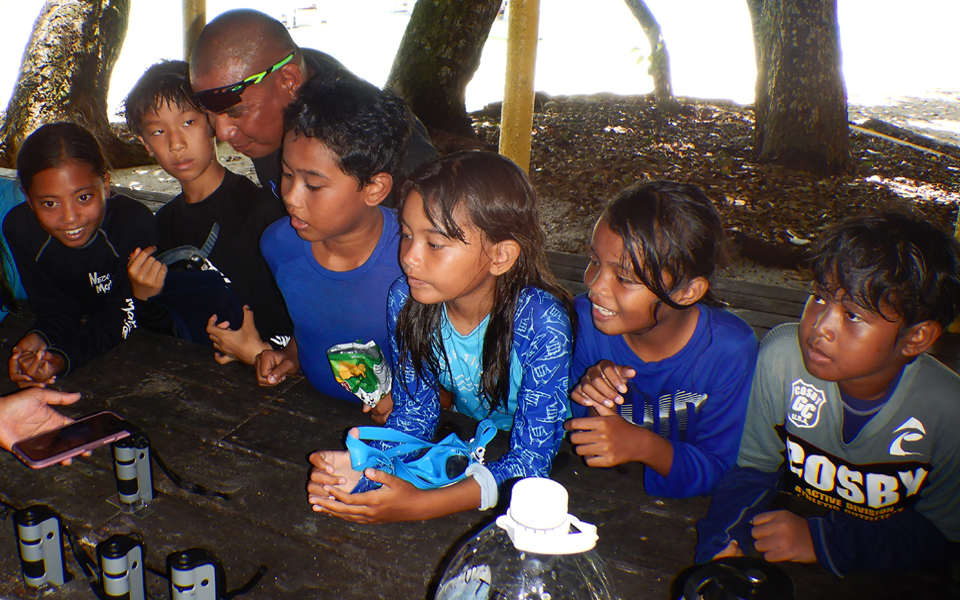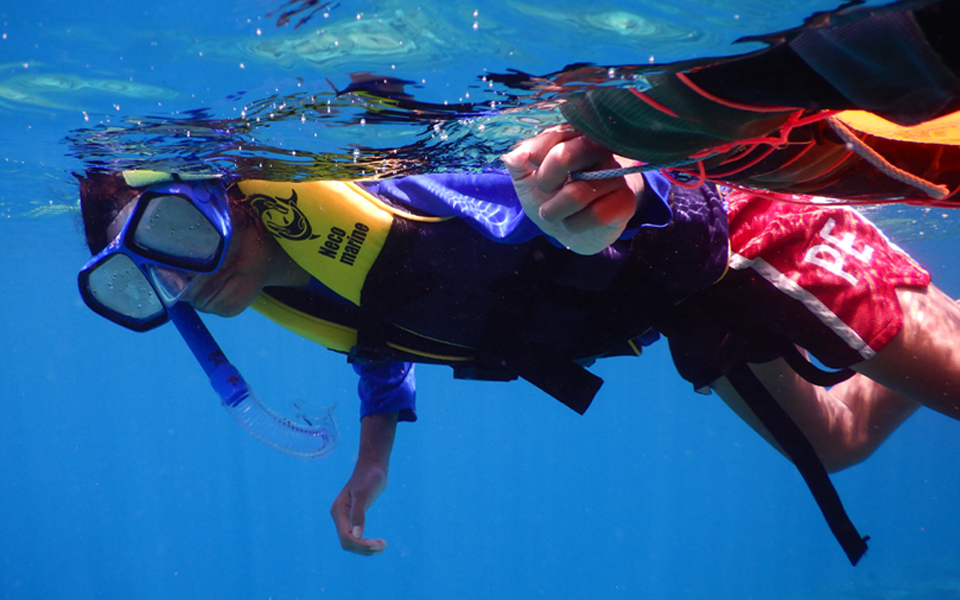
Teaching Science in Palauan
TEACHING SCIENCE USING PALAUAN RESOURCES AND LANGUAGE: Teaching Modules
Classroom science materials are presented here that were developed using Palauan resources, knowledge and language. The topics covered were taken from Palau’s Ministry of Education 6th grade science curriculum and chosen by the 6th grade science teachers. Each module has a presentation and guide for teachers, and a worksheet to guide students in learning. Four science teaching modules are presented, with a focus on marine habitats and organisms found in Palau as examples and using the Palauan language in educational presentations and videos. Worksheets and teacher’s guides are in English. During the three weeks of our 2022 “Descendants of the Ocean” summer program, materials were tested with three different groups of students (ages 8–16).
CLIMATE CHANGE
There are three parts to the Climate Change module. In Activity 1, students will look at evidence of climate change (adapted from “The climate in our hands – Climate Change and Land, a teacher’s handbook for primary and secondary schools”, Office for Climate Education (OCE), Paris, 2022). In Activity 2, students will watch a short video on climate change, “Climate Change and Palau – Our Place in a Big World”. In Activity 3, students will be introduced to ocean acidification by learning about pH levels through a hands-on experiment (adapted from The Ocean of Tomorrow: Ocean Acidification and the Marine World. Published by: New Zealand Marine Studies Center, University of Otago).
Teacher’s Guide >
Climate Change Presentation >
Activity CC.1 Worksheet >
Activity CC.2 Worksheet >
Activity CC.3 Worksheet >
Climate Change Video >
WEATHER & CLIMATE IN PALAU
The Weather & Climate module includes a home-made weather station and collection of weather data by students. To learn about weather in Palau, students will make their own weather instruments using common household goods. CRRF also provided Palau’s 6th grade classrooms with a large-format thermometer so students can record air temperature. Students will make their own anemometer and wind vane to measure wind speed and direction, a rain gauge to measure rainfall, and a barometer to measure air pressure. They will record weather data for a week and graph their data. Materials for the class are the power point presentation and module guide for teachers to use, and DIY videos on how to make the weather instruments, along with the worksheet and data form for students to use in making their instruments, recording and graphing their data.
Teacher’s Guide >
Weather Presentation >
Weather Worksheet >
Anemometer Video >
Barometer Video >
Rain Gauge Video >
Wind Vane Video >
CLASSIFICATION OF ORGANISMS
The Classification of Organisms module teaches students the Linnean classification system. Students will learn about the common marine organisms found in Palau’s Jellyfish Lake and the lagoon. They will learn the phylum of each common marine organism covered by this module. Students learn more about classification through a poster on the five different Golden jellyfish subspecies found in five marine lakes of Palau. The poster covers the Golden jellyfish taxonomy, anatomy, life cycle and food chain. A presentation to introduce the different phyla and an activity sheet are provided.
Classification Presentation >
Classification Activity Sheet >
Golden Jellyfish Poster >
ECOSYSTEMS
In the Ecosystems module students will learn terms used to describe and compare ecosystems and different habitats found in Palau’s lagoon. Teachers can use the ecosystem presentation to introduce the topic and terms, and students can use the worksheet while watching the videos. The habitat presentation will teach students about different marine habitats in Palau, giving names in both English and Palauan.
The educational videos present information on the habitats and marine organisms found in: Ongeim’l Tketau (Jellyfish Lake), Lighthouse Reef and Nikko Bay. Ongeim’l Tketau has three videos—the 1st video is an introduction, the 2nd covers the mangroves and organisms that live on the mangrove roots, and the 3rd video focuses on the Golden jellyfish. Lighthouse Reef has an introductory video and a second detailing the reef’s recovery from the damage of Typhoon Bopha in 2012. Nikko Bay has an introductory video and a second that covers seagrass beds found nearby.
Teacher’s Guide >
Ecosystem Presentation >
Habitat Presentation >
Ecosystem Worksheet >
Lighthouse Reef Video >
Nikko Bay Video >
Ongeim’l Tketau Video >
“DESCENDANTS OF THE OCEAN”
The 2022 summer program “Descendants of the Ocean” was a one week program where students learned about science by exploring Palau’s marine environment. CRRF held the program for 3 weeks, with a different class for each week. Students learned about climate change through watching a video and ocean acidification by learning about pH levels through an experiment. Students learned about weather by creating their own weather instruments, recording their own data, and graphing and presenting their results. They learned about ecosystems by first watching the provided videos and then visiting the three different types of marine habitats and the Palau aquarium. While the program was created to test out the materials to be used in schools, it will be the start of a new summer program to bring students outdoors to learn about science and their environment.
Development of the science teaching modules using Palauan resources and language was supported by the New Zealand North Pacific Development Fund

Web interface supported by:

This function has been disabled for Coral Reef Research Foundation.


